You have never been to the birthplace of Shri Ram and wondering which are the top places to visit in Ayodhya ? Well we have done all the hard work for you and listed all the places in this blog, but before that, let us understand what draws devotees from far off places to Ayodhya.
Ayodhya: The Timeless City of Lord Rama
Ayodhya, nestled on the banks of the sacred Sarayu River in Uttar Pradesh, isn’t just an ancient city—it’s the heart of countless spiritual tales and millennia-old traditions. Revered as Shri Ram Ki Nagri, it is the birthplace of Lord Rama. With a history stretching back to the Kosala Kingdom, Ayodhya resonates with myths, legends, and spiritual energy. In recent years, this city has seen a renaissance, especially with the consecration of the magnificent Shri Ram Janmabhoomi Mandir in January 2024. This modern awakening, combined with ancient sanctity, makes Ayodhya a must-visit destination—for pilgrims, history lovers, and seekers of serenity alike.
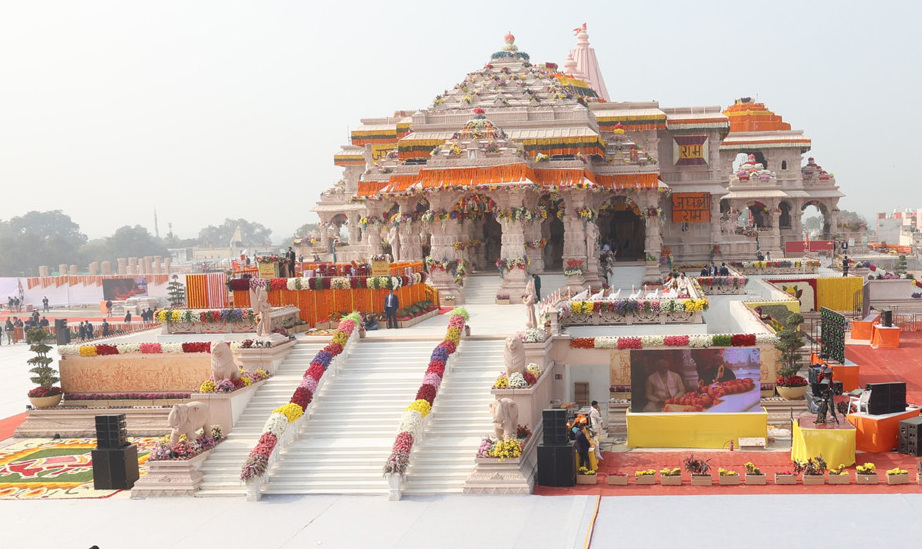
A Glimpse into Ayodhya’s Mythological Past
Ayodhya, is refered to as one of ancient India’s seven holiest towns or ‘Saptpuris’ and is located on the bank of the ancient River Saryu. According to the Ramayana, Ayodhya was founded by Manu, the progenitor of mankind. It later became the capital of the Suryavanshi (Solar) dynasty, to which Lord Rama belonged. The name “Ayodhya” itself means “invincible.” This city was described by Valmiki as one filled with palaces, lush gardens, and bustling markets. It was said to be a place where dharma (righteousness) reigned and the people were happy and content. Ayodhya, the former capital of the Avadh area holds a special place in the hearts of devotees because it is the birthplace of Maryada Purushottam Lord Shri Ram. It is believed that the Gods themselves created this holy place. According to scriptures, numerous great kings ruled the capital city of Kosaldesh, including Ikshvaku, Prithu, Mandhata, Harishchandra, Sagar, Bhagirath, Raghu, Dileep, Dashrath, and Lord Shri Ram. During their reign, the kingdom’s magnificence peaked and exemplified Ram Rajya. The famous epics, Ramayan and ShriRamcharitmanas exhibit the splendour of Ayodhya.
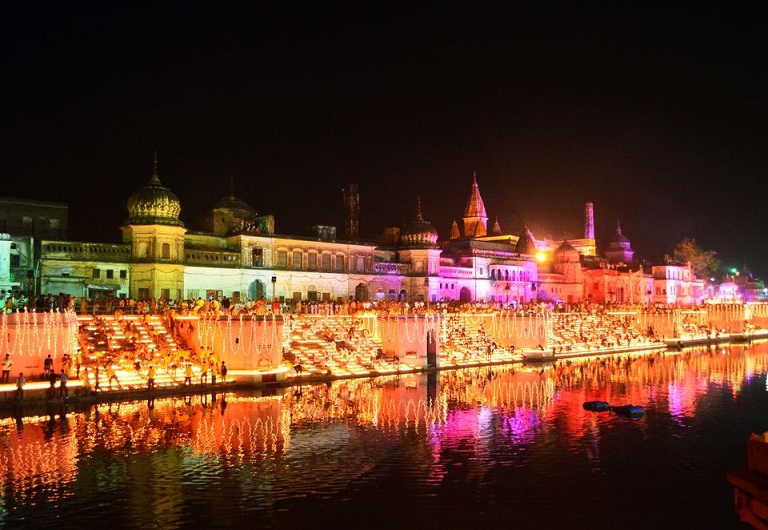
Through centuries, Ayodhya remained a pivotal spiritual center, attracting saints, scholars, poets, and devotees. From Tulsidas, who composed the revered Ramcharitmanas here, to countless sages who meditated along the Sarayu, the city has been a living embodiment of bhakti (devotion).
If you are looking for Ayodhya packages, then you can book it on our Website Amrit Travels. The bestselling Ayodhya package is Spiritual Tour To Ayodhya , perfect for families.
Top 15 Places to Visit in Ayodhya
If you are planning a trip to Ayodhya with your friends or family, these are the must visit places that you should add in your itenary-
1. Shri Ram Janmabhoomi Mandir (Ram Mandir)
This is the centerpiece of Ayodhya—the site believed to be Lord Rama’s birthplace. Consecrated on 22 January 2024, the temple’s architecture masterfully blends Northern (Nagara) and Dravidian styles, made entirely of pink sandstone and featuring over 392 sculpted pillars.
Visitor highlights:
- Seek darshan of Ram Lalla (the infant Rama).
- Explore the museum within the temple complex showcasing the Ramayana’s history.
- Experience a massive spiritual pull—the temple draws about 100,000–150,000 devotees daily.
Practical tips:
- Timings: 7 AM–9 PM; darshan slots every 2 hours.
- Entry is free, but booking passes online is advised.
- Modest attire and no photography inside sanctum are mandatory.
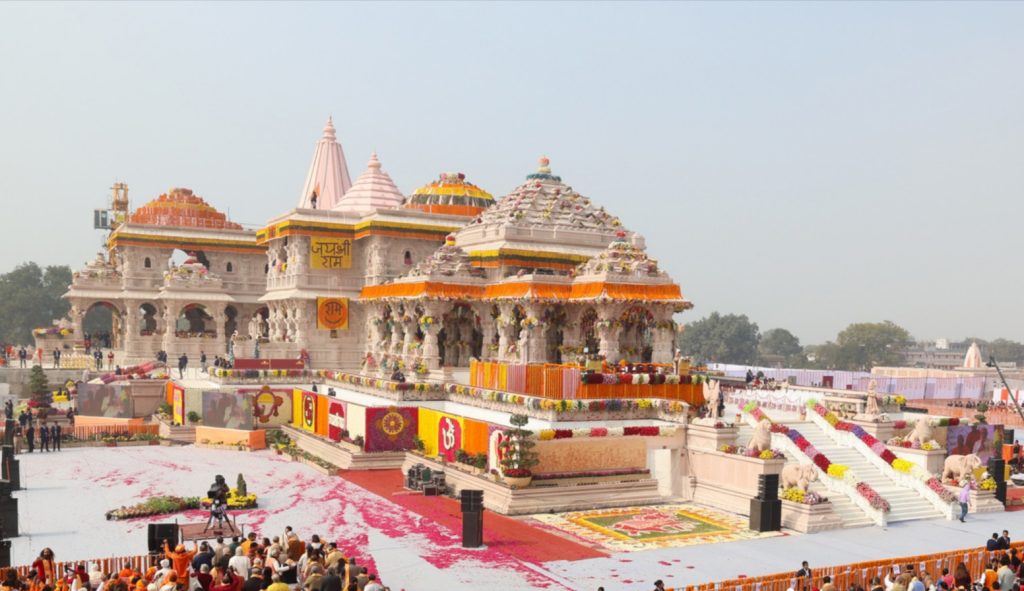
2. Hanuman Garhi
Dedicated to Lord Hanuman, this 10th-century hilltop temple overlooks the town. Legend says that, when Lord Ram & Mata Sita returned to Ayodhya after defeating Ravana, Hanuman started to live in a cave to protect Ramkot. Hanuman Garhi Temple resembles a four sided fort and one has to climb 76 stairs to reach the main temple, where the garba griha awaits. The walls of the temple are inscribed with the verses of Hanuman Chalisa.
Visitor highlights:
- Climb 76 steps up to the fortress-like shrine.
- Revere the infant Hanuman sitting on Mother Anjani’s lap.
- Panoramic views of Ayodhya from the hilltop.
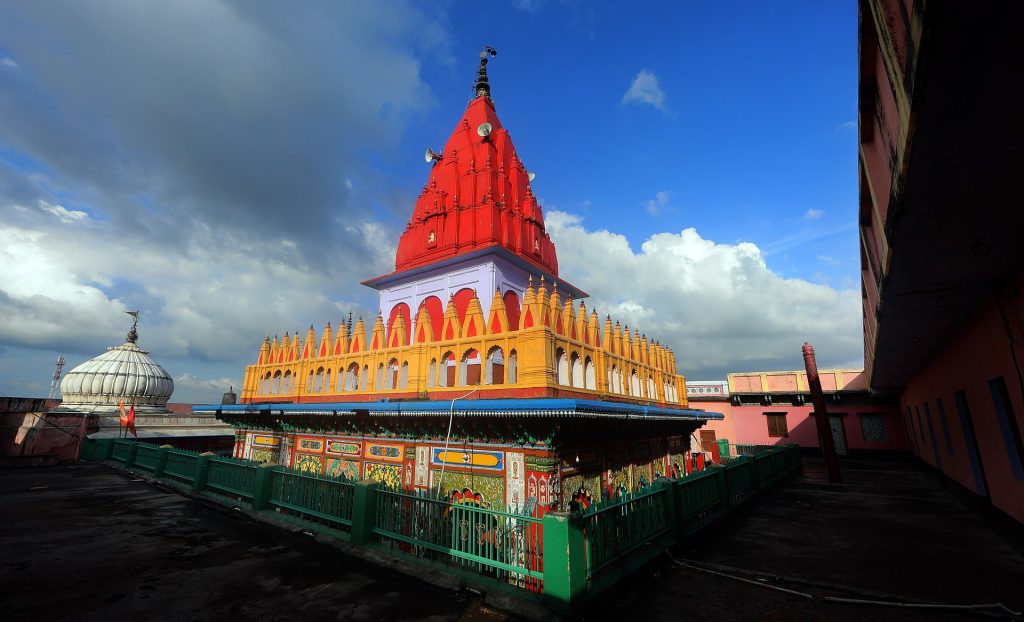
3. Kanak Bhawan – The Golden Palace of Rama and Sita
Kanak Bhawan also known as the “Golden Palace or Sone ka Ghar,” is situated in the northeast direction of Ram Janmabhoomi Temple. Kanak Bhawan was gifted by Queen Kaikeyi to Mata Sita immediately after her marriage to Shri Ram.
Visitor highlights:
- Three pairs of Rama-Sita idols, crafted with gold and silver.
- Rajasthani-Bundelkhand architecture and ornate interiors.
- A tranquil, easily accessible temple ideal for peaceful darshan.
- Timings : 5:00AM-10:00PM
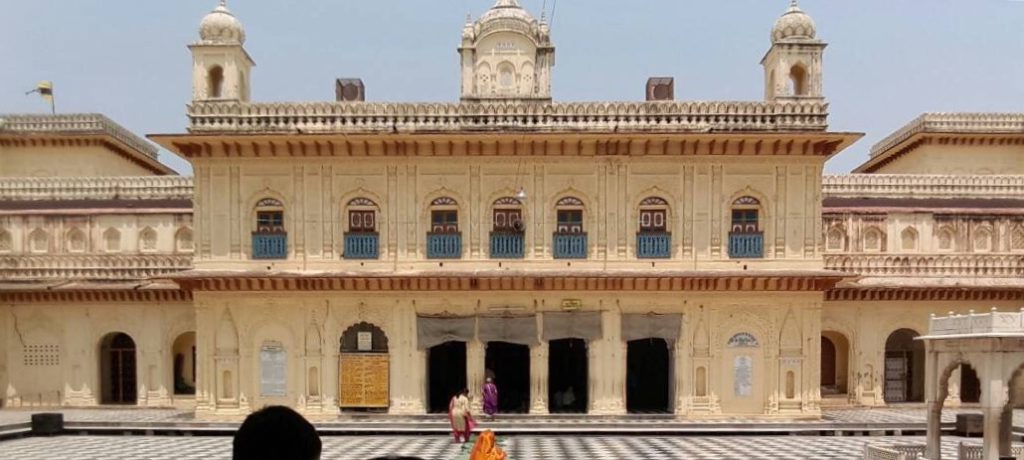
4. Ramkot Fort
Ramkot is believed to be the site where Lord Rama’s fort once stood, making it a place of immense religious and historical importance. For so many centuries, the site has witnessed historical events related to the rulers of several dynasties.
5. Shri Nageshwarnath Mandir
This ancient temple is linked to Prince Kush, the son of Lord Rama. Legend says that Price Kush lost his armlet while bathing in the river Saryu, and that armlet was picked up by a Nag Kanya, who fell in love with the prince. As she was a Shiv devotee, Kush erected this temple for her. The festival of Shivratri is celebrated here in a grand manner.
Visitor highlights:
- Dedicated to Lord Shiva.
- Important celebrations during Maha Shivratri.
- Located near scenic ghats.
6. Ram Ki Paidi
Paidi means stairs and Ram ki Paidi means Ram’s stairs. The series of ghats on the banks of Saryu river is known as Ram ki Paidi. These ghat are a hub for pilgrims and devotees come here to take a dip in the water to wash away their sins.
Visitor highlights:
- Take a holy dip believed to cleanse sins.
- Witness the grand evening aarti.
- Boat rides available at sunrise and sunset.
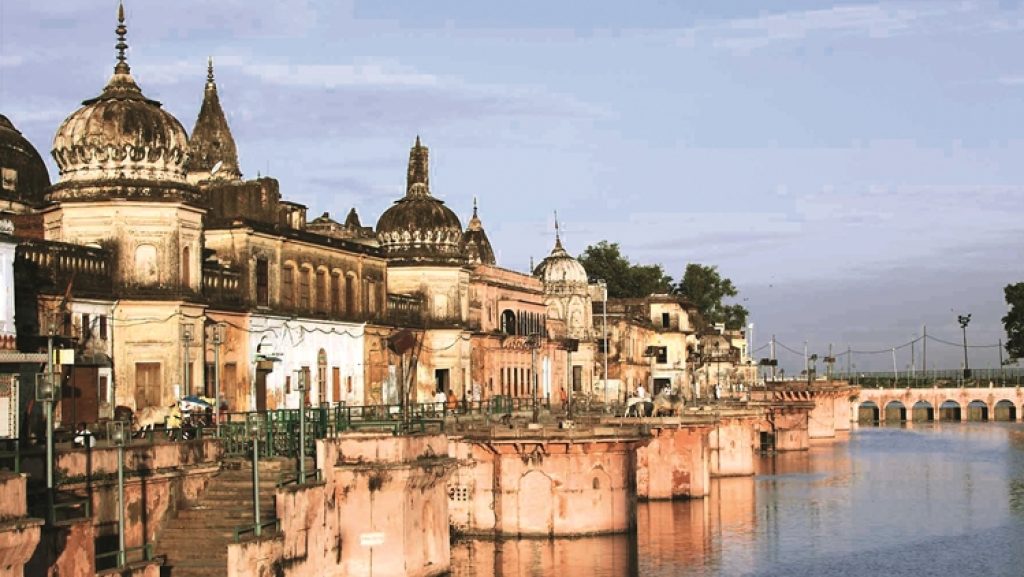
7. Guptar Ghat – Where Shri Ram
Guptar Ghat is the place where Shri Rama meditated for the last time and entered Jal Samadhi (water immersion) to merge with the divine. King Darshan Singh constructed it in the 19th century.
Visitor highlights:
- Visit Chakra Hari temple, Ram Janaki Temple, Old Charan Paduka Temple, Narsingh Temple and Hanuman Temple on the ghat.
- There is no entry fee.
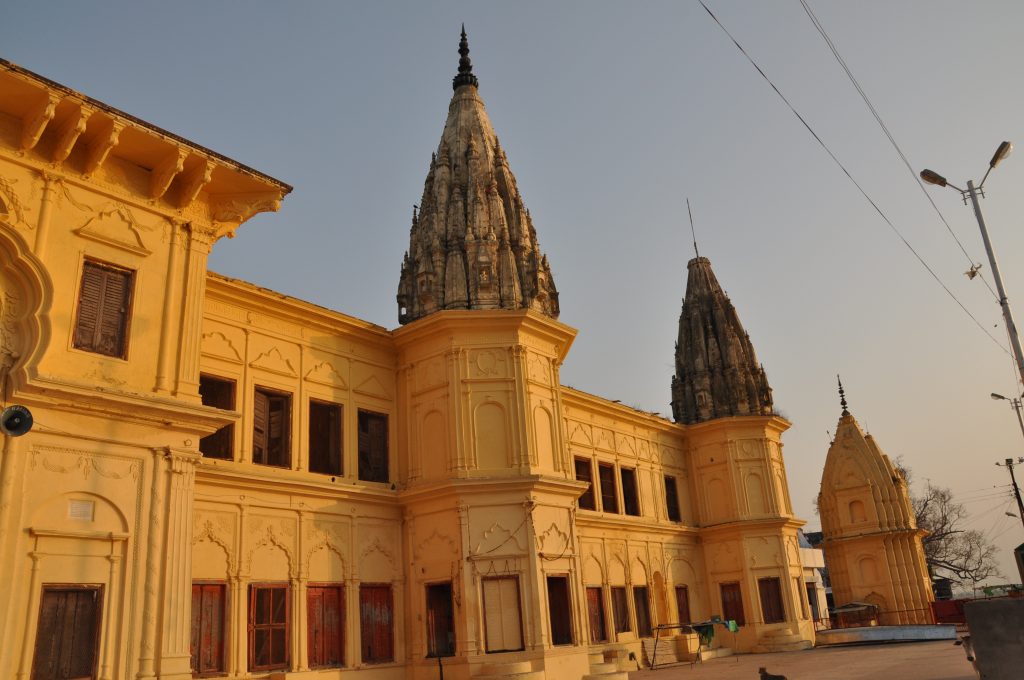
8. Treta Ke Thakur Temple
Treta ka Thakur is one of Ayodhya’s famous temple as it is built at the site where Lord Rama performed the “Ashwamedha Yagna” ceremony to commemorate his victory over Lankapati Ravana. In 1784 AD, this temple was reconstructed by the Maratha Queen Ahilyabai Holkar.
Visitor highlights:
- Houses black stone idols of Rama, Sita, Lakshmana, Bharat, and Shatrughna.
- Open to public only on Kartik Shukla Ekadashi once a year, that falls in the month of October or November.
9. Ram Katha Sangrahalay (Museum)
This museum depicts scenes from the Ramayana through dioramas and paintings that offer a deep peep into Shri Ram’s life. This museum also houses a large collection of artefacts, pottery, metal objects, terracota, sculptures, that history lovers love to explore.
Visitor highlights:
- Ancient manuscripts and folk art displays.
- Educational for children and spiritual seekers.
- Open on all days except Monday.
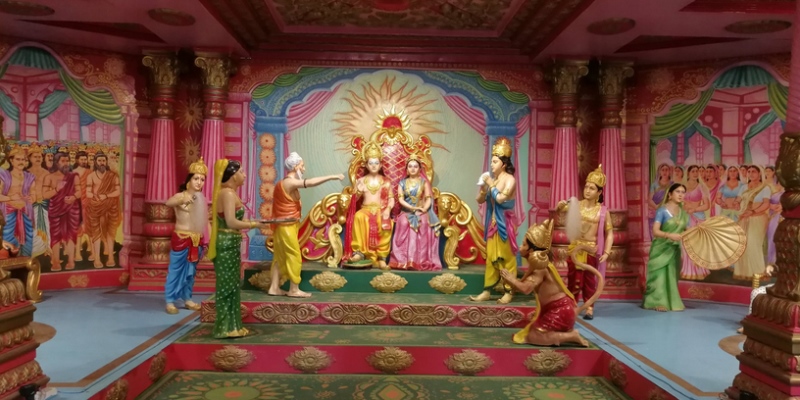
10. Mani Parvat & Sugriv Kila
Mani Parvat – As per Ramayana, Hanuman ji was carrying the whole mountain containing Sanjeevani Booti for Lakshman’s wound. While carrying the entire hill or parvat in his palm on the way to Lanka, a small part of the mountain fell on the ground, that hill lock is now known as Mani Parvat in Ayodhya.
Sugriv Kila – When Shri Ram came back to Ayodhya after spending 14 years in exile, he gifted this fort to his friend King Sugriv. Th e premises of this ancient fort has now been converted into a training center.
11. Sita Ki Rasoi
Sita ki Rasoi is believed to be an ancient kitchen that was used by Mata Sita. This site has now been converted into a temple that exhibits varieties of vessels.
12. Dashrath Bhawan
Dashrath Bhawan is believed to be the palace of King Dashratha, Lord Rama’s father. This site is also known by the name of Bada Asthan or Badi Jagah. Dashrath Bhavan is a very important pilgrimage site and is considered where Shri Ram and his brothers spent their childhood.
13. Tulsi Smarak Bhawan
This bhawan is built in the memory of Goswami Tulsidas ji, the great saint and the author of Shri Ramcharitmanas. Ramleela is performed daily from 6:00 pm- 9:00 pm at Tulsi Smarak Auditorium and it is one of the major attractions for the devotees. Ayodhya Shodh Sansthan, the research institute is also located inside the Bhawan’s complex.
Visitor highlights:
- The museum is closed on Monday and second Sunday of every month.
- Timings of the museum : 10:00 AM – 9:00 PM.
- Evening time is the best to visit the museum as one can attend the Ram Leela performance.
- Timings of the library : 10:30 AM – 4:30 PM.
- Entry is free for all.
14. Swarg Dwar
Swarg Dwar is a major pilgrimage site in Ayodhya that is believed to be the spot where Shri Ram’s was cremated.
15. Valmiki Bhawan
This Bhawan in Ayodhya is dedicated to Rishi Valmiki ji who was the author of the epic Ramayana. Surrounded by lush green atmosphere, a walk in this bhawan will take you back to the era of the great sage.
Festivals Celebrated In Ayodhya
- Shravan Jhoola Mela (July-Aug)
- Ram Navami (March-April)
- Rathyatra (June-July)
- Saryu Snan (Oct-Nov)
- Ram Vivah (Nov)
- Ramayan Mela (Dec-Jan)
- Kartik Purnima
- Makar Sankranti
- Hanuman Jayanti
Each of these is celebrated with mass pilgrimages, bathing rituals, and temple fairs.
Best Time To Visit Ayodhya
Summer months between April to June in Ayodhya are very warm and during these months the temperature rises upto 47°C. The months of winter from October to February offer the most comfortable weather to the visitors. Hence the best time to visit Ayodhya is between October to March.
Travel Essentials
How to Reach Ayodhya
- By Air: Maharishi Valmiki International Airport, Ayodhya (AYJ).
- By Train: Ayodhya Dham and Faizabad Junction are major railway stations.
- By Road: Connected to Lucknow, Varanasi, and Prayagraj via national highways.
Where to Stay
- Options range from budget hotels to ashrams and luxury accommodations like Ramayana Hotel, Taraji Resort, and government guest houses.
What to Eat
Local cuisine is primarily vegetarian. Must-try dishes include Kachori-sabzi, jalebi, peda, and sattvik thalis.
Final Reflections
Ayodhya is not just a destination—it’s an emotion. It’s where mythology meets history, where devotion meets serenity, and where every stone whispers tales of dharma and bhakti. Whether you visit to offer prayers, relive the Ramayana, or simply soak in spiritual energy, Ayodhya welcomes you with open arms and divine blessings.
Come, experience Ayodhya—not just with your eyes, but with your soul.

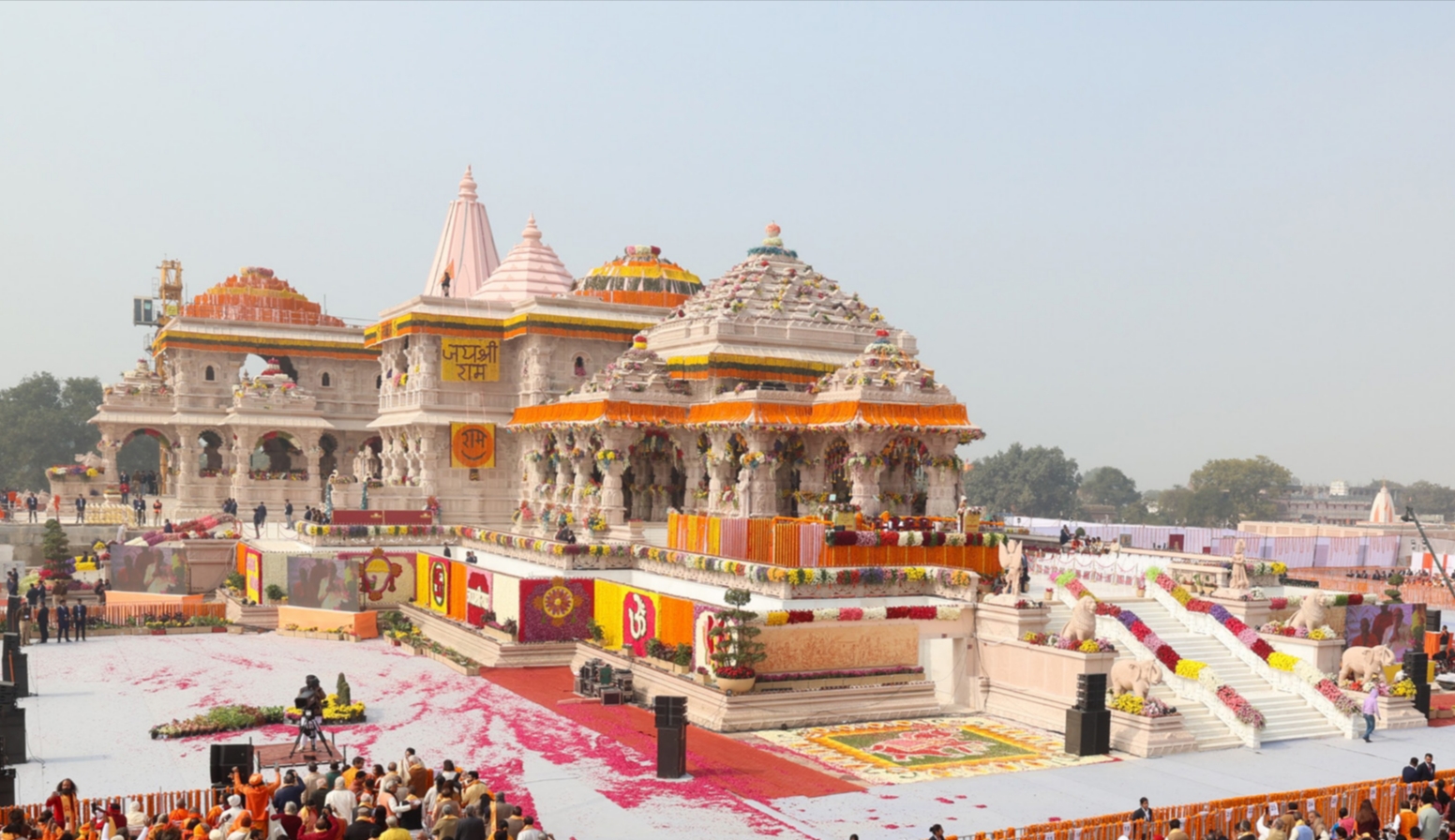
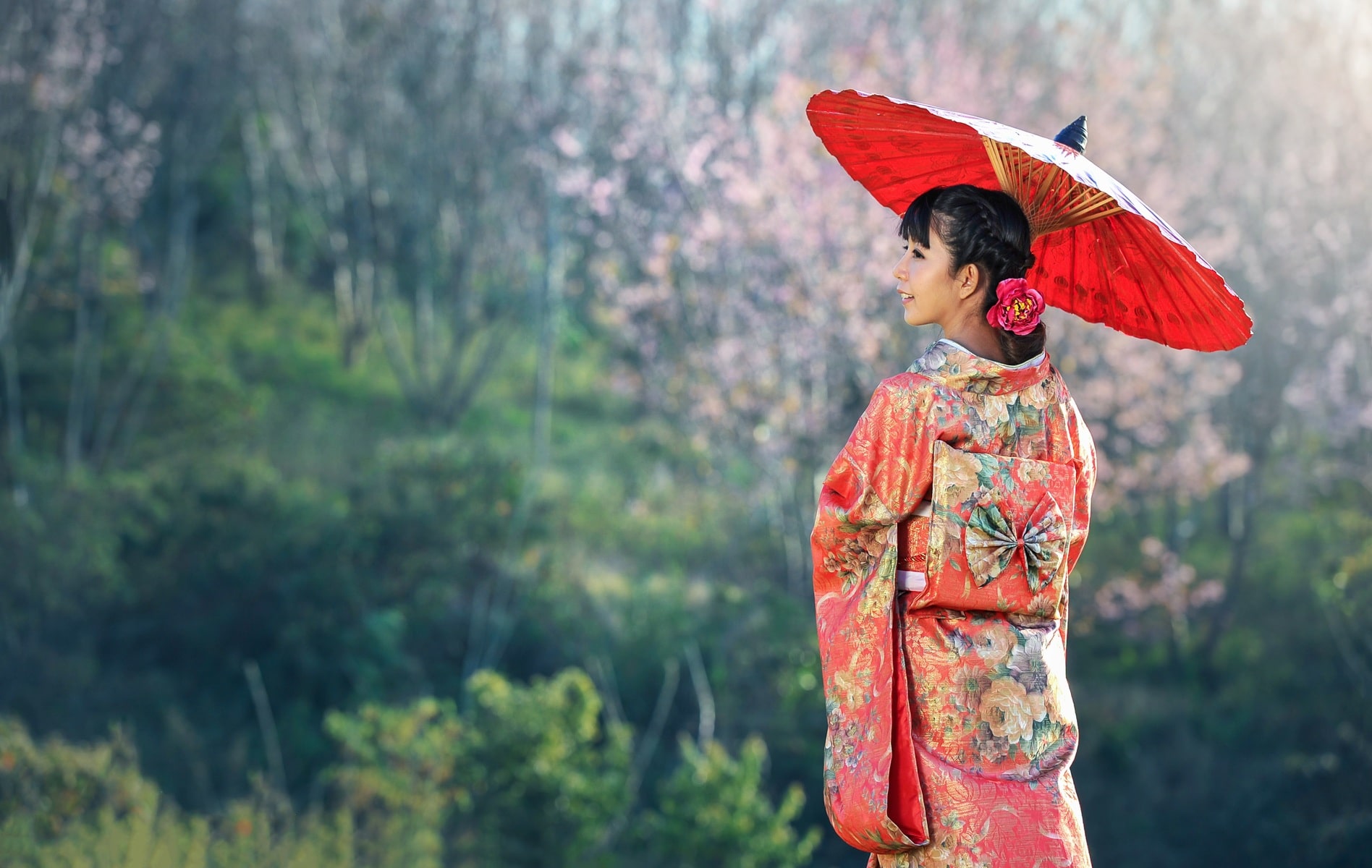
Leave a Reply